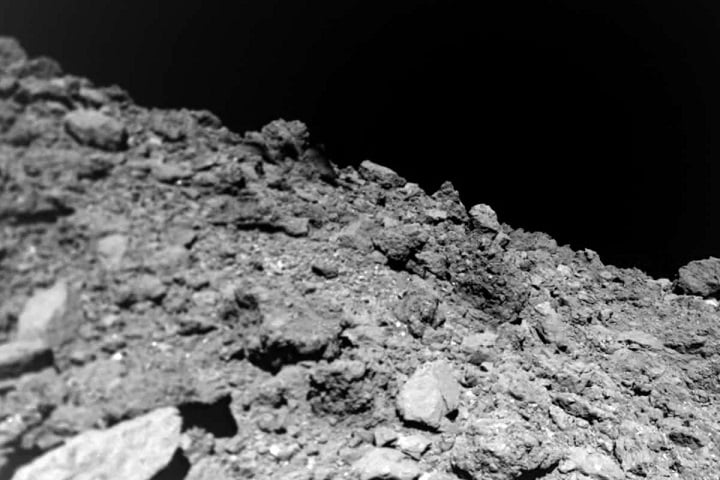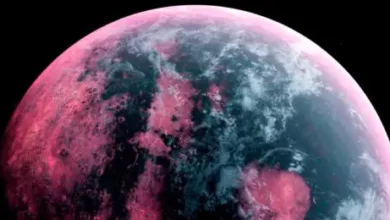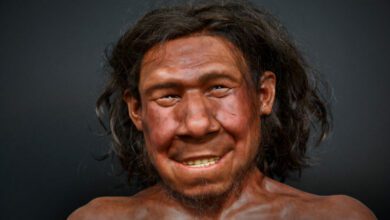
Key ingredients for life found on asteroid Ryugu
(ORDO NEWS) — Scientists first discovered amino acids (key ingredients for life) in the asteroid Ryugu. They identified 20 amino acids in samples brought back from the asteroid Ryugu by the Hyabusa2 mission.
The finds support scientific claims that the asteroid contains traces of carbon and organic matter. The Japanese space agency Jaxa had high hopes for finding clues to how materials are distributed in the solar system and related to life on Earth.
Amino acids are molecules that combine to form proteins and are the building blocks of life. These molecules are essential to living things as they help break down food, grow, repair body tissues, and perform several other bodily functions. They can also be used by the body as an energy source.
These amino acids have previously been found in asteroids that have fallen to Earth. However, they were barely discovered as they got lost while passing through the Earth’s atmosphere.
The discovery of 20 of these key ingredients confirms the presence of organic material in these remnants from the creation of the solar system.
“The Ryugu material is the most primitive material in the solar system that we have ever studied.
Ryugu is a chondrite asteroid rich in carbon with a chemical composition.
Asteroids of this type, rich in water and organic material, are a possible source of seeds of life delivered to the Earth that was nascent billions of years ago,” Hisayoshi Yurimoto, professor of geosciences at Hokkaido University.
The asteroids that orbit the sun are among the oldest objects in the solar system and can therefore help explain how the earth formed and evolved. The Hayabusa2 mission was launched with the sole purpose of finding answers to the origin of the planets in the solar system.
Hayabusa2 was launched in 2014, landed twice on Ryugu despite its extremely rocky surface, and has been successfully collecting data and samples for 1.5 years.
On its first landing in February 2019, it collected surface dust samples, and in July, it collected underground samples from an asteroid after landing in a crater it had previously blasted.
The spacecraft then began its journey home by dropping a soil capsule from an asteroid over Australia in December 2020.
After dropping the capsule, the craft returned to space and is now headed for another distant small asteroid called 1998KY26. This journey will take 10 years.
—
Online:
Contact us: [email protected]
Our Standards, Terms of Use: Standard Terms And Conditions.







